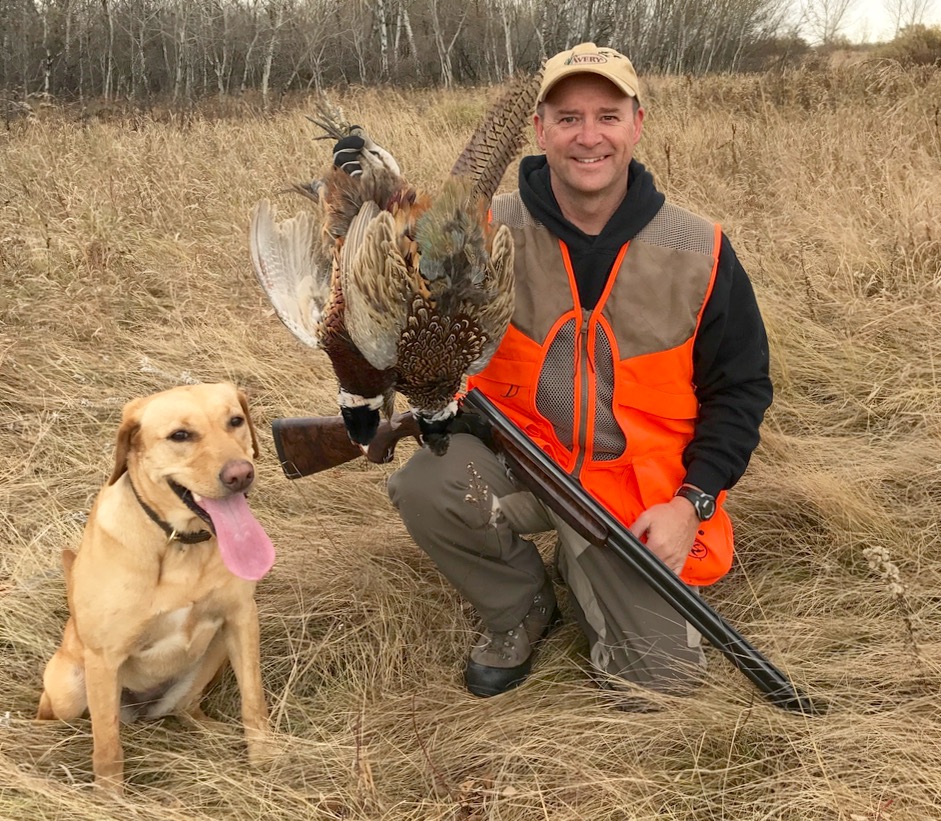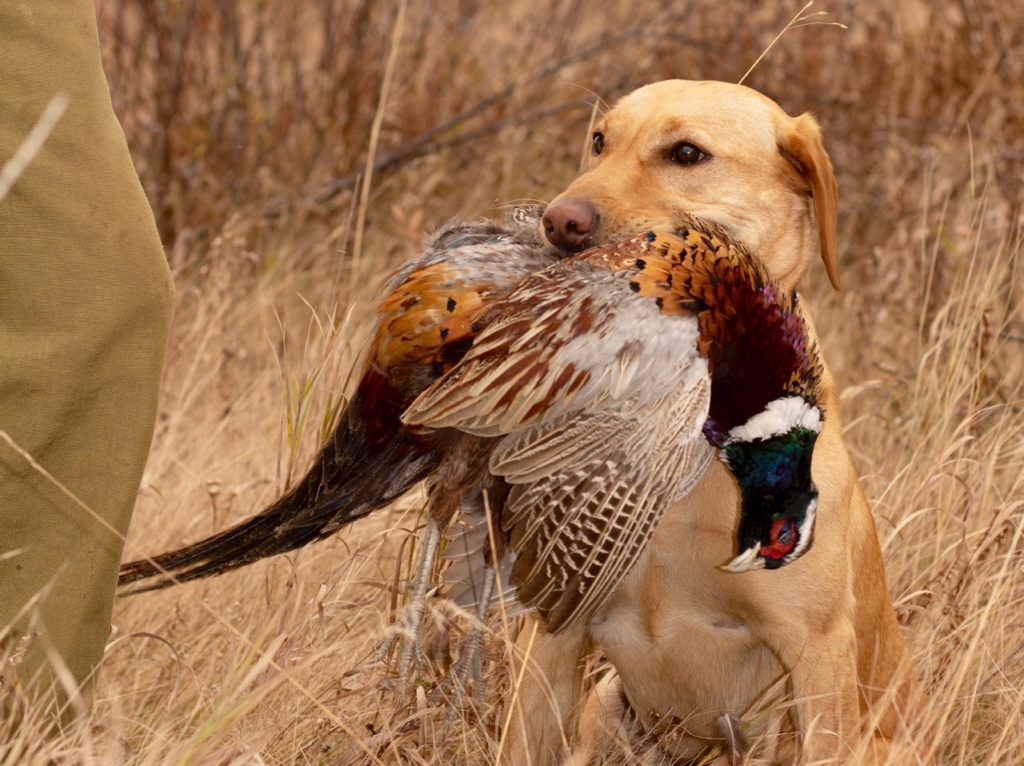For the flush
Whether it’s grouse, pheasant or partridge, upland game birds bursting from cover make for one exciting hunt
Advertisement
RING-NECKED PHEASANTS
An exotic species introduced from Asia in the 1800s, ringnecks are smart birds, often able to elude predators by running and hiding under grasses and shrubs, or by bursting into flight and coasting to safety. For pheasant hunters, few experiences compare to following and watching a seasoned gun dog work as it locates a rooster and either locks up on point or immediately flushes the waiting bird.
Advertisement
The flushes are exciting, demanding quick reflexes to first confirm the identify of the species—and its sex—before acquiring the target and getting off an accurate shot. That’s a large part of the reason many wingshooters consider ringnecks to be at the pinnacle of upland game bird hunting.
WHERE
Ringneck pheasants are now widely distributed throughout most of southern Canada, where limited populations have taken hold. Wingshooting opportunities for this colourful sporting bird can be found in the lowlands of B.C., the grasslands of Alberta and Saskatchewan, and varied agricultural regions from Manitoba to the Maritimes. In classic grassland habitat, look for pheasants in treed or shrubby cover along rivers, streams, farmsteads and abandoned railway lines.
Most gunning opportunities are through put-and-take hunts. There are pheasant hatcheries across the country, and many private shooting operations offer hunts, charging by the bird or by the day. Some provincial governments also release pheasants at designated sites throughout the fall to ensure ongoing hunting opportunities.
Advertisement
As with most upland game bird species, populations ebb and flow in correlation with predator numbers, winter severity and the amount of spring precipitation, which can affect nesting success. In provinces with open pheasant hunts for licence holders, harvests are managed for population sustainability.
HOW
Along with the right habitat, a good dog and a keen eye are essential for hunting pheasants. Typically roosting in lower trees and shrubby cover, ringnecks make unmistakable “cock, cock, cock” vocalizations, often at sunrise, which give away their location. Seasoned hunters get an early start and zero in on these calls.
Pheasants can sometimes be taken when you’re hunting on your own. More often than not, though, they evade hunters by slipping into cover, where they hold tight. That’s why the most effective way to hunt ringnecks is with a dog. While many breeds can make for good upland partners, the most popular pointing and flushing dogs are shorthaired pointers, spaniels and Labradors.
When the dog does its job properly, the birds burst into flight. But their telltale raspy, squawking wingbeats only last for a brief time, giving you just moments to take the shot. If all goes well, and the gunner is on, a rooster goes down and the dog is rewarded with the opportunity to retrieve. And when the dog brings the rooster to hand, it’s a great feeling—the culmination of fine training and skillful execution.


